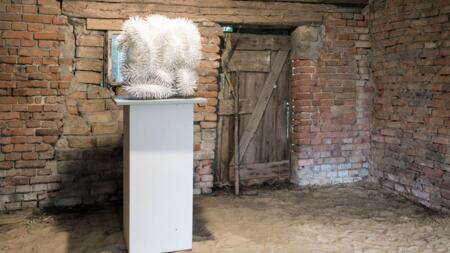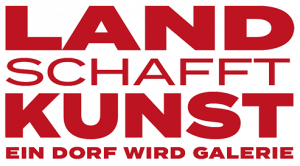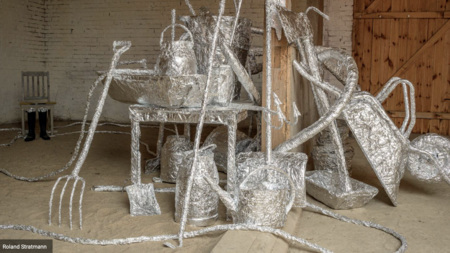
Verein zur Förderung zeitgenössischer Kunst in Brandenburg
14728 Gollenberg- Neuwerder
Germany
LAND(SCHAFFT) KUNST
LANDschaffeKUNST IX Biennial
Opening on the 2nd. September 2023
opening – 2. September from 2 p.m.
Neuwerder received two further civilian achievements in the 19th. Century. On the one hand, the cemetery was built in 1848, which is still so well-kept and pretty today that the residents are almost looking forward to being there once. Unfortunately there are only more graves from this and the past century, but some of the names on the tombstones come from settler families from the very beginning. In the Neuwerder Friedhof there is also, inconspicuously and almost overgrown at a rear angle, the grave of the author and satirist Ulrich Speitel, who was known in the GDR era.
On the other hand, a village school was finally built in Neuwerder in 1890. More than overdue, after all, the village children had to walk to school routes of 6 kilometers to Stölln, sometimes even 12 kilometers to Hohennauen! The chronicle of the village school was lost in 1945. Only a handwritten report by Erich Marks, village school teacher from 1932 to 1945, which he wrote in the post-war period, has survived. Marks writes that when he started he found long school desks from 1890, on which up to eight students sat in rows. Teaching was given in one class and in three age groups. The teacher took care of one group each, while the other two had to deal with „ still work “. No comparison, Marks added,with the generous educational institutions of the socialist workers 'and peasants' state.
Since its foundation until 1945, around 100 people have lived in Neuwerder; shortly after the war, refugees crowded in the village, at times around 400 people are said to have lived here. Today Neuwerder has a mixed population structure made up of old people and mostly moved from Berlin after the turn. Thanks to the young talent in recent years, all houses have remained inhabited; with a main residence, almost 40 souls are registered in Neuwerder today. That shouldn't be enough for a new village school or a new inn. Not yet.

